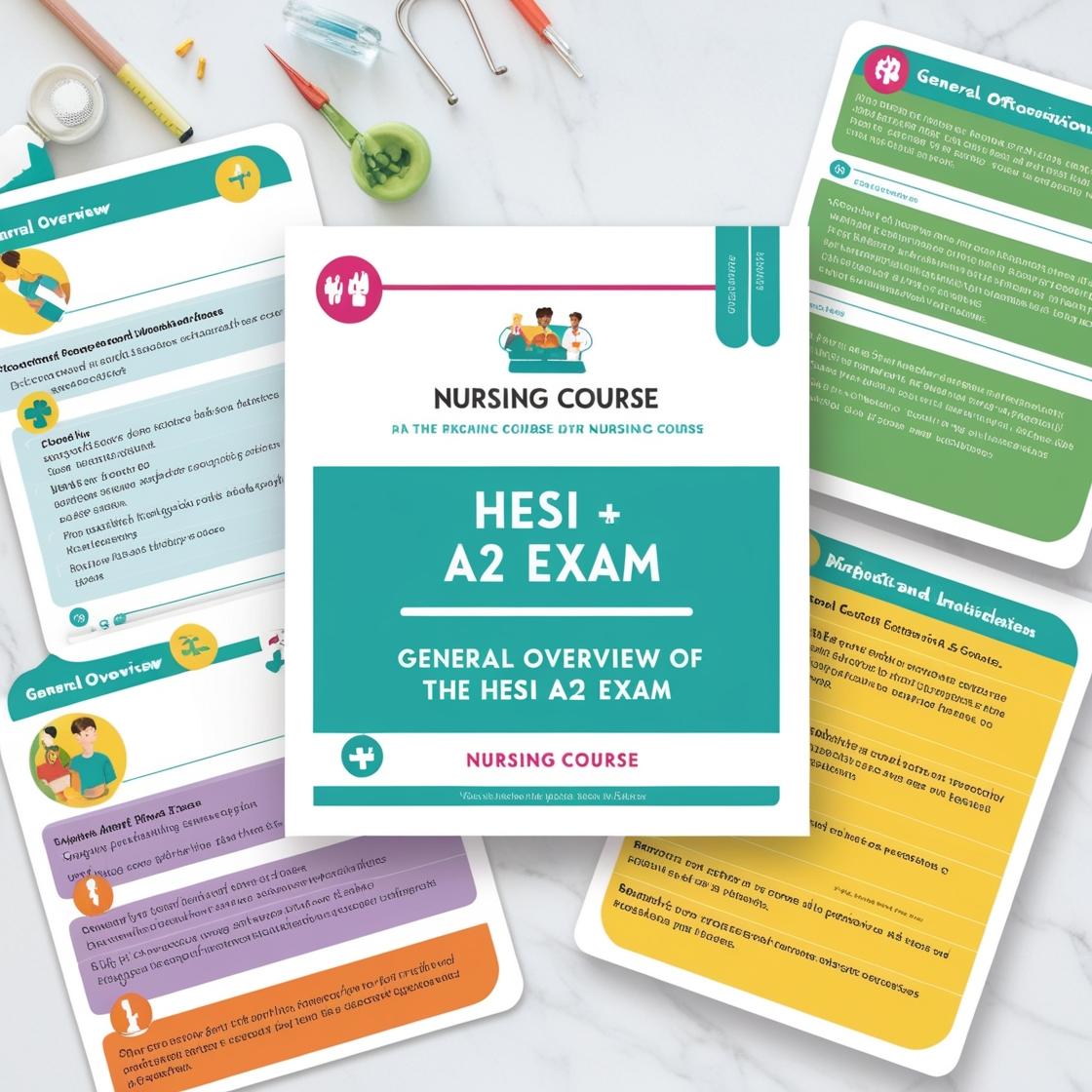HESI A2
HESI A2 Physics Practice Test
1. What is the net force acting on the car?
- A. 450 N
- B. 700 N
- C. 1,500 N
- D. 6,300 N
Correct answer: C
Rationale: To determine the net force acting on an object, we need to consider the sum of the forces acting in the same direction and subtract the forces acting in the opposite direction. In this scenario, there is a force of 4,200 N to the right and a force of 2,700 N to the left. By subtracting the leftward force from the rightward force (4,200 N - 2,700 N), we find that the net force acting on the car is 1,500 N to the right. Therefore, choice C, 1,500 N, is the correct answer. Choice A, 450 N, is too small as it does not account for the total forces involved. Choice B, 700 N, is also incorrect as it is not the result of the correct mathematical operation on the given forces. Choice D, 6,300 N, is too large and does not align with the calculation based on the forces provided.
2. What force was applied to the object that was moved if 100 N⋅m of work is done over 20 m?
- A. 5 N
- B. 80 N
- C. 120 N
- D. 2,000 N
Correct answer: A
Rationale: Work is calculated using the formula Work = Force x Distance. Given that 100 N⋅m of work is done over 20 m, we can rearrange the formula to solve for Force. Force = Work / Distance. Plugging in the values, we get Force = 100 N⋅m / 20 m = 5 N. Therefore, the force applied to the object that was moved is 5 N. Choice B (80 N) is incorrect because it doesn't match the calculated force of 5 N. Choice C (120 N) is incorrect as it is higher than the calculated force. Choice D (2,000 N) is incorrect as it is significantly higher than the correct force of 5 N.
3. Two objects attract each other with a gravitational force of 12 units. If the distance between them is halved, what is the new force of attraction between the two objects?
- A. 3 units
- B. 6 units
- C. 24 units
- D. 48 units
Correct answer: C
Rationale: The gravitational force between two objects is inversely proportional to the square of the distance between them. When the distance is halved, the new force of attraction will be 12 units x (1/(0.5)^2) = 12 units x 4 = 24 units. Therefore, the correct answer is C. Choice A and B are incorrect as they do not consider the inverse square law of gravitational force. Choice D is incorrect as reducing the distance between the objects does not lead to a squared increase in force.
4. In open-channel flow, a critical property is the free surface, which refers to the:
- A. Interface between the liquid and the container walls
- B. Interface between the liquid and a surrounding gas
- C. Bottom of the channel
- D. Region of highest velocity within the liquid
Correct answer: B
Rationale: The free surface in open-channel flow refers to the interface between the liquid and the surrounding gas, typically the atmosphere. This interface is critical as it determines the boundary between the liquid flow and the open environment. Option A is incorrect as it refers to the liquid-container wall interface, not the free surface. Option C is incorrect because it represents the bottom of the channel, not the free surface. Option D is incorrect as it describes the region of highest velocity within the liquid, not the free surface. Therefore, the correct choice is B.
5. Which property of a substance does not change with a change in temperature?
- A. Mass
- B. Volume
- C. Phase
- D. Solubility
Correct answer: A
Rationale: Mass is an intrinsic property of a substance that remains constant regardless of temperature changes. It is a measure of the amount of matter in an object, and this quantity does not vary with temperature or the environment in which the substance is located. The conservation of mass in chemistry dictates that mass is neither created nor destroyed, making it independent of temperature variations.\nVolume, on the other hand, changes with temperature due to thermal expansion or contraction. Phase can change with temperature, leading to transitions between solid, liquid, and gas states. Solubility is affected by temperature changes as it influences the ability of a substance to dissolve in a solvent.
Similar Questions

Access More Features
HESI A2 Basic
$89/ 30 days
- 3,000 Questions with answers
- 30 days access @ $89
HESI A2 Premium
$129.99/ 90 days
- Actual HESI A 2 Questions
- 3,000 questions with answers
- 90 days access @ $129.99
